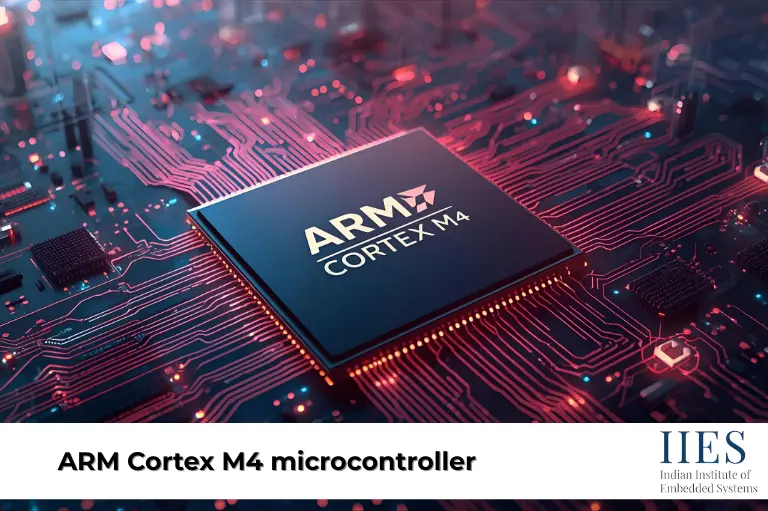
Embedded systems are everywhere—from cars to smart devices—and at the heart of many of them lies the ARM Cortex-M4 microcontroller. Known for its speed, efficiency, and flexibility, the Cortex-M4 is shaping the future of IoT, automation, and consumer electronics.Engineers often explore various Arduino applications, but when performance and efficiency matter, ARM solutions take the lead.
The ARM Cortex M4 processor is a high-performance, low-power microcontroller designed for embedded systems. It offers DSP, floating-point support, and scalability, making it ideal for IoT, automotive, and industrial automation.
The ARM Cortex M4 32 bit microcontroller developed by ARM Holdings. It is optimized for embedded systems where size, efficiency, and performance matter the most. What sets it apart is its ability to balance real-time processing, low power use, and digital signal processing (DSP).
This makes it an excellent choice for devices that need to run continuously, respond quickly, and operate on limited battery power.
The popularity of the cortex m4 microcontroller is not just about performance—it’s about scalability and reliability. Whether you are building a smart wearable, an industrial robot, or a car infotainment system, this microcontroller adapts to your needs.
The cortex m4 MCU is not limited to one industry—it powers devices from cars to smart wearables. Its flexibility and low power use make it perfect for modern applications.
ARM processors are the backbone of many embedded designs. They combine efficiency, speed, and connectivity, making them a top choice for real-time and IoT solutions.
Both Cortex-M3 and Cortex-M4 belong to the same ARM family, but the M4 brings extra performance and features. Let’s see how it builds on the strengths of the M3.
If you’re building applications that involve signal analysis, motor control, or real-time audio, the Cortex-M4 is the better choice.
The Cortex-M4 includes unique features that make it powerful and efficient. These features help it handle everything from simple control tasks to complex DSP workloads.
Mix of 16-bit and 32-bit instructions for compact yet powerful code execution.
Handles complex tasks like audio filtering, image recognition, and communications.
Essential for control systems, robotics, and real-time scientific applications.
Keeps applications secure by controlling memory access.
Options like Sleep and Deep Sleep save energy in IoT devices.
The stm32 cortex m4 is more than just a processor core—it integrates memory, peripherals, and controllers. Together, these parts deliver reliable and flexible performance.
The architecture of the Cortex-M4 is carefully designed for balance between speed, cost, and energy efficiency. This makes it suitable for a wide range of embedded devices.

The ARM Cortex M4F microcontroller stands as a bridge between performance and efficiency in embedded systems. Its DSP, FPU, and real-time capabilities make it perfect for IoT, automotive, industrial, and consumer electronics. With its vast ecosystem, scalability, and low power design, the Cortex-M4 continues to be a trusted choice for engineers and developers worldwide.
The ARM Cortex M4 microcontroller offers DSP support, low power consumption, and high performance, making it highly reliable for embedded applications.
The Cortex M4 includes DSP instructions, a Floating Point Unit, and enhanced cortex m4 interrupt handling, unlike the Cortex M3.
It is used in IoT devices, automotive systems, industrial automation, and consumer electronics.
Yes, with its NVIC and cortex m4 instruction set, it handles real-time tasks effectively.
DSP instructions improve performance in audio processing, motor control, and signal analysis applications.
Yes, thanks to its 32 bit ARM Cortex M4 architecture and deep sleep modes, it’s perfect for low-power IoT applications.
Indian Institute of Embedded Systems – IIES